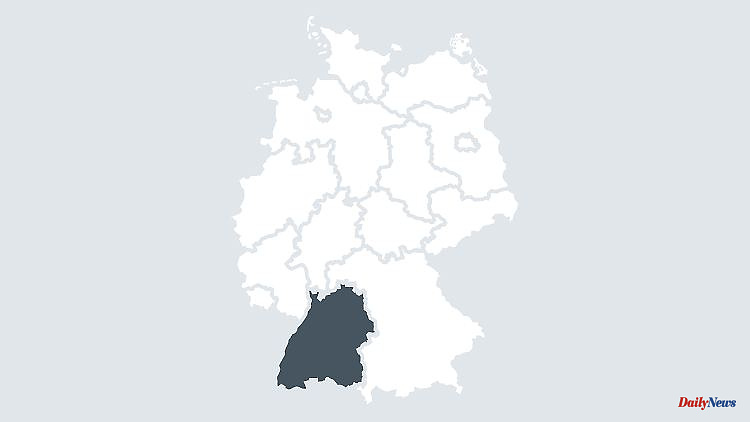The goals are ambitious, in some areas there are already concrete measures, others are to follow: Baden-Württemberg wants to reduce greenhouse gas emissions by more than half by 2030. This is in the new climate protection law - but there are doubts.
Stuttgart (dpa/lsw) - After a long struggle, the state parliament wants to pass the new climate protection law on Wednesday (February 1) and enshrine in law ambitious goals for saving greenhouse gases, for example in transport and in the building and energy sectors. With the amendment - i.e. the new version of the law - Baden-Württemberg would be the first federal state to legally anchor concrete milestones for the reduction of climate-damaging CO2 for the different areas. By 2030, CO2 emissions are to be reduced by half across all areas. The country also wants to become climate-neutral by 2040. "It is the most ambitious, the most far-reaching and the most comprehensive climate protection law that we have in Germany," said Environment Minister Thekla Walker (Greens).
The country has set itself the goal of reducing its greenhouse gas emissions by 65 percent by 2030 compared to 1990 and becoming climate neutral by 2040 - five years earlier than the federal government decided for Germany. Climate neutrality means that only as many greenhouse gases may be emitted as can be bound again.
The goals are ambitious: According to a report commissioned by the Ministry of the Environment, agriculture must reduce emissions by 39 percent by 2030 compared to 1990 - the energy industry by 75 percent, industry by 62 percent, transport by 55 percent and the building sector by 49 percent . The individual goals are based on a report by the Center for Solar Energy and Hydrogen Research (ZSW) in Stuttgart. However, some of the specifications in the new climate protection law are too vague for climate associations.
In one fell swoop, the law interferes with more than two dozen other laws and regulations. Among other things, so-called sector targets are decided in the Climate Protection Act - i.e. concrete specifications for areas such as agriculture, road construction and buildings in order to reduce CO2 emissions. The country is facing major challenges, especially in the building sector. The energy sector and industry must also significantly reduce emissions. In terms of traffic, it will be particularly difficult in the automotive state of Baden-Württemberg to significantly reduce emissions of climate-damaging carbon dioxide in the short term - despite the increasing number of electric cars.
According to the law, the respective ministries should be responsible for progress in the sectors. An independent council of climate experts is to review and evaluate what the departments are submitting every year. The Council can also make its own proposals.
According to federal guidelines, 1.8 percent of the state's land is to be made available for the expansion of wind energy. The state plans "at least 0.2 percent" for open-space photovoltaics (PV). A PV obligation is also planned for new buildings and for fundamental roof renovations, as well as for the new construction of larger open parking spaces. State-owned buildings must have solar panels by 2030. In addition, a fictitious price for greenhouse gas emissions will be included in future construction measures, purchases and service contracts in the state. This should reduce the likelihood that particularly climate-damaging offers will be the cheapest in tenders.
Environmental organizations had previously complained that some measures did not go far enough. For example, there would be a lack of clear specifications for the transport sector in particular. Traffic is currently responsible for a large part of the CO2 emissions in the country.












